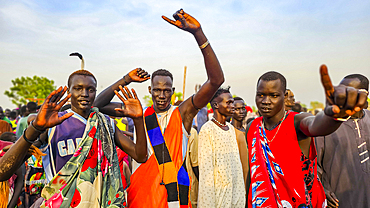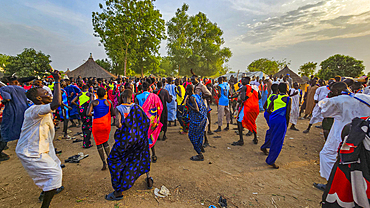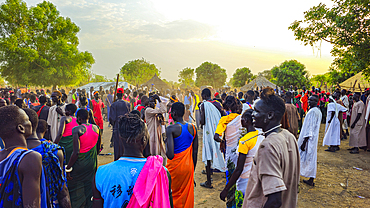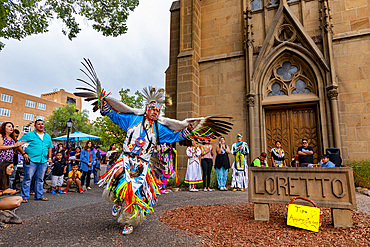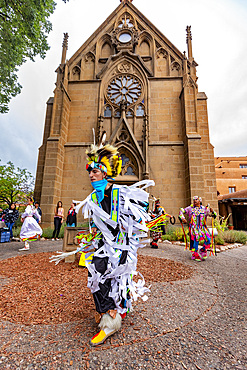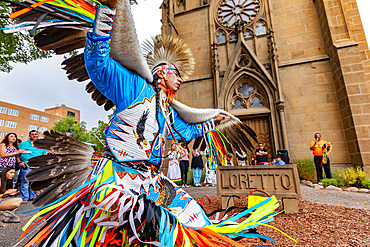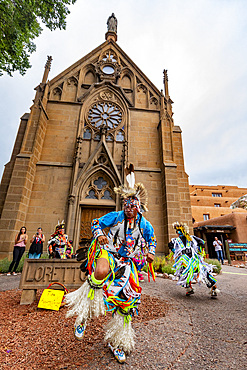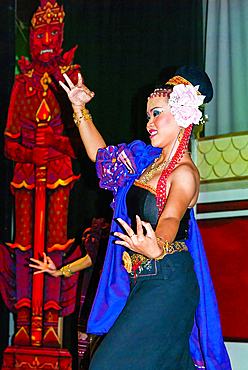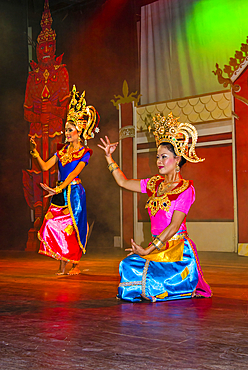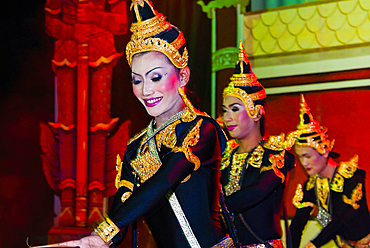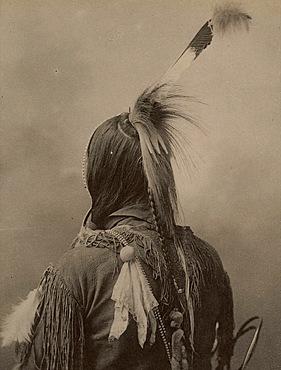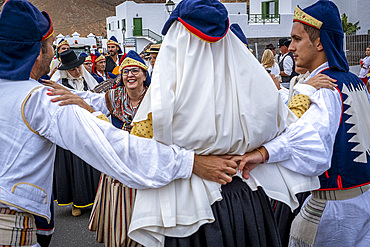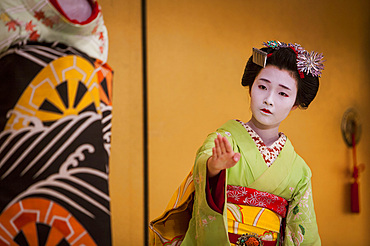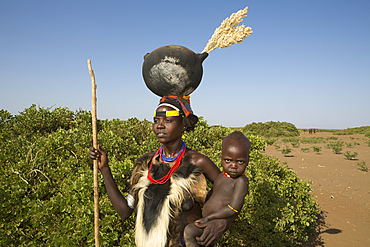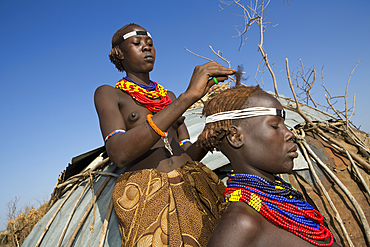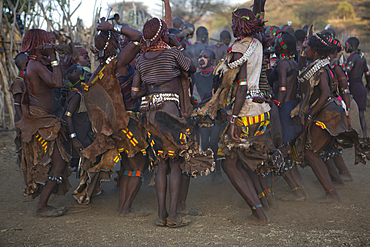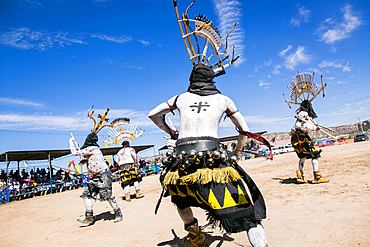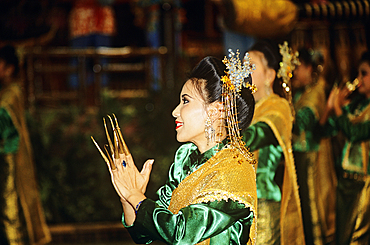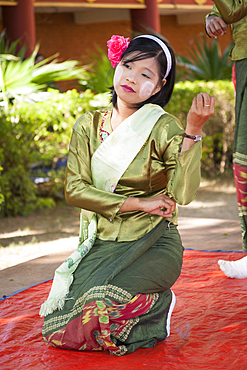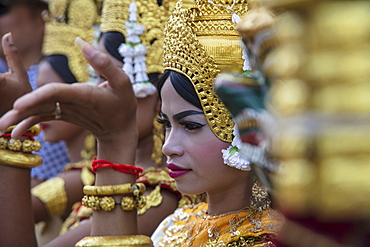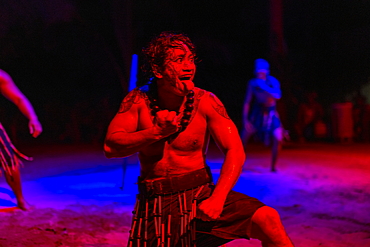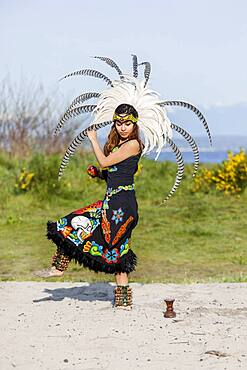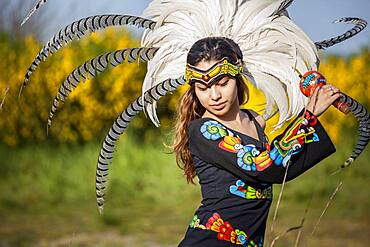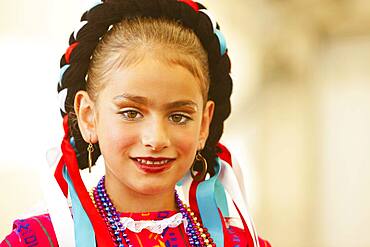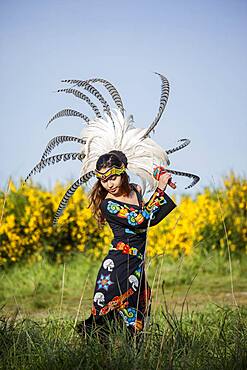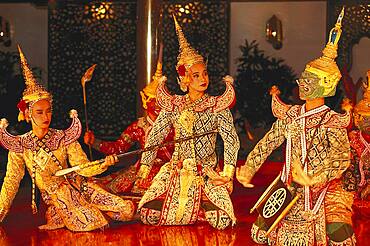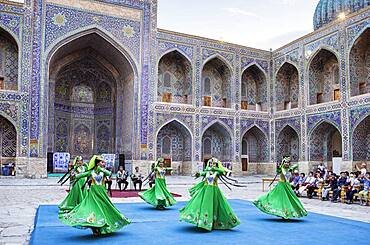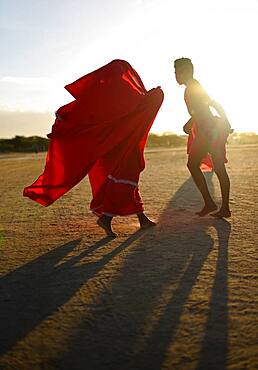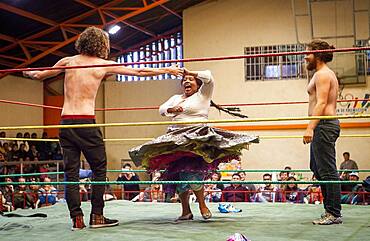Recent searches
Loading...
1184-11458 - Locals dancing at a traditional Dinka wedding, Bor, central region, South Sudan
1184-11457 - Locals dancing at a traditional Dinka wedding, Bor, central region, South Sudan
1184-11456 - Locals dancing at a traditional Dinka wedding, Bor, central region, South Sudan
1184-11455 - Locals dancing at a traditional Dinka wedding, Bor, central region, South Sudan
1184-11454 - Locals dancing at a traditional Dinka wedding, Bor, central region, South Sudan
1184-11450 - Locals dancing at a traditional Dinka wedding, Bor, central region, South Sudan
1112-8716 - Santa Fe Indian Market participants in traditional regalia perform in downtown Santa Fe, New Mexico, United States of America, North America
1112-8714 - Santa Fe Indian Market participants in traditional regalia perform in downtown Santa Fe, New Mexico, United States of America, North America
1112-8715 - Santa Fe Indian Market participants in traditional regalia perform in downtown Santa Fe, New Mexico, United States of America, North America
1112-8713 - Santa Fe Indian Market participants in traditional regalia perform in downtown Santa Fe, New Mexico, United States of America, North America
832-403834 - Smiling young woman covered her face with holi color looking camera
832-403734 - Classy woman performing floreo with orange background
1184-8832 - Children practising a traditional dance, Ciudad de la Paz, Rio Muni, Equatorial Guinea, Africa
765-2330 - Dancers in traditional Thai classical dance costume, Phuket, Thailand, Southeast Asia, Asia
765-2326 - Dancers in traditional Thai classical dance costume, Phuket, Thailand, Southeast Asia, Asia
765-2325 - Dancers in traditional Thai classical dance costume, Phuket, Thailand, Southeast Asia, Asia
1184-8670 - Kapsiki tribal people practising a traditional dance, Rhumsiki, Mandara mountains, Far North province, Cameroon, Africa
1184-8667 - Kapsiki tribal people practising a traditional dance, Rhumsiki, Mandara mountains, Far North province, Cameroon, Africa
1184-8665 - Kapsiki tribal people practising a traditional dance, Rhumsiki, Mandara mountains, Far North province, Cameroon, Africa
1184-8666 - Kapsiki tribal people practising a traditional dance, Rhumsiki, Mandara mountains, Far North province, Cameroon, Africa
1184-8664 - Kapsiki tribal people practising a traditional dance, Rhumsiki, Mandara mountains, Far North province, Cameroon, Africa
1184-8663 - Kapsiki tribal people practising a traditional dance, Rhumsiki, Mandara mountains, Far North province, Cameroon, Africa
1184-8660 - Kapsiki tribal people practising a traditional dance, Rhumsiki, Mandara mountains, Far North province, Cameroon, Africa
1184-8659 - Kapsiki tribal people practising a traditional dance, Rhumsiki, Mandara mountains, Far North province, Cameroon, Africa
1184-8658 - Kapsiki tribal people practising a traditional dance, Rhumsiki, Mandara mountains, Far North province, Cameroon, Africa
1184-8655 - Kapsiki tribal people practising a traditional dance, Rhumsiki, Mandara mountains, Far North province, Cameroon, Africa
1112-7542 - A group of young Costa Rican dancers in traditional dress perform at Playa Blanca, El Golfito, Costa Rica, Central America
1112-7540 - A group of young Costa Rican dancers in traditional dress perform at Playa Blanca, El Golfito, Costa Rica, Central America
1112-7539 - A group of young Costa Rican dancers in traditional dress perform at Playa Blanca, El Golfito, Costa Rica, Central America
1112-7537 - A group of young Costa Rican dancers in traditional dress perform at Playa Blanca, El Golfito, Costa Rica, Central America
832-400006 - Indian, Omaha, dancing bonnet and hair ornament, feather, after a picture by F.A.Rinehart, 1899, Omaha are a North American Indian tribe from the Dhegiha branch of the Sioux language family, Historic, digitally restored reproduction of an original from the period
1350-6491 - Spain, Canary Islands, Lanzarote Island, Mancha Blanca, Romer�a festival celebrating the virgen de los dolores
1350-6490 - Los Buches, Spain, Canary Islands, Lanzarote Island, Mancha Blanca, Romer�a festival celebrating the virgen de los dolores
746-91017 - Plaza Dorrego in quarter San Telmo. Professional tago dancers performing for guests of a cafe. Buenos Aires, the capital of Argentina. South America, Argentina, November
746-91018 - Plaza Dorrego in quarter San Telmo. Professional tago dancers performing for guests of a cafe. Buenos Aires, the capital of Argentina. South America, Argentina, November
746-91016 - Plaza Dorrego in quarter San Telmo. Professional tago dancers performing for guests of a cafe. Buenos Aires, the capital of Argentina. South America, Argentina, November
1350-6243 - Show of Maikos,(geisha apprentices)they interpret Kyomai, is a Kyoto dance,at Gion Kobu Kaburenjo, geisha's distric of Gion, ,Kyoto. Kansai, Japan.
1178-40260 - Apache men dancing in traditional regalia
1178-40261 - Apache man dancing in traditional regalia
1178-40250 - Apache man and boy wearing traditional regalia
1178-40251 - Apache man wearing traditional regalia
1178-39091 - Reflection of Mixed Race woman dancing near Christmas tree
1350-4771 - Female fingernail dancer, Riverside Rose Garden, Sampran, Nakorn Pathom, near Bangkok, Thailand
1350-4731 - Model of Indians in reproduction Taino Indian village, Chorro de Maita, Banes, near Guardalavaca, Holguin Province, Cuba
1350-4834 - Burmese woman dancing, Bagan Golden Palace, Bagan, Myanmar, (Burma)
1113-107168 - Traditional dance performance in the Sarawak Cultural Village, Kampung Budaya Sarawak, near Kuching, Sarawak, Borneo, Malaysia, Asia
1113-106096 - Traditional Cambodian dance performance at the Angkor Wat temple, Angkor Wat, near Siem Reap, Siem Reap Province, Cambodia, Asia
1113-105795 - Polynesian dance performance during the 'Pacifica' show at the Tiki Village cultural center, Moorea, Windward Islands, French Polynesia, South Pacific
1113-105796 - Fire dance during the 'Pacifica' show at the Tiki Village cultural center, Moorea, Windward Islands, French Polynesia, South Pacific
1113-105793 - Haka dance performance during the 'Pacifica' show at the Tiki Village cultural center, Moorea, Windward Islands, French Polynesia, South Pacific
1113-105794 - Polynesian dance performance during the 'Pacifica' show at the Tiki Village cultural center, Moorea, Windward Islands, French Polynesia, South Pacific
1113-105797 - Fire dance during the 'Pacifica' show at the Tiki Village cultural center, Moorea, Windward Islands, French Polynesia, South Pacific
1178-35912 - Mixed Race woman dancing on sidewalk wearing skull face paint
1178-36667 - Caucasian woman wearing traditional clothing dancing in field
1178-33112 - Native American woman in traditional headdress performing ceremony
1178-33108 - Native American woman in traditional headdress performing ceremony
1178-34809 - Performer wearing bikini and feather boa
1178-33335 - Mixed race girl wearing traditional makeup and dress
1178-33107 - Native American woman in traditional headdress performing ceremony
1178-33106 - Native American woman in traditional headdress performing ceremony
1178-33109 - Native American woman in traditional headdress performing ceremony
1184-5875 - Traditional dressed young girls practising local dances, Laarim tribe, Boya Hills, Eastern Equatoria, South Sudan, Africa
1184-5868 - Traditional dressed young girls practising local dances, Laarim tribe, Boya Hills, Eastern Equatoria, South Sudan, Africa
1184-5853 - Traditional dressed women of the Jiye tribe dancing and singing, Eastern Equatoria State, South Sudan, Africa
1184-5847 - Traditional dressed women of the Jiye tribe dancing and singing, Eastern Equatoria State, South Sudan, Africa
1184-5851 - Traditional dressed women of the Jiye tribe dancing and singing, Eastern Equatoria State, South Sudan, Africa
1113-105411 - Traditional Bavarian folk dance, Bavaria, Germany
1113-105362 - Dancers in traditional costumes, Oriental Hotel, Bangkok, Thailand, Asia
1350-1865 - Yonna dance, also called Chichamaya, carries a considerable symbolic charge for the Wayuu indigenous people of Colombia, representing three basic principles for this tribal group: Social equality, collective solidarity and the improvement of relations between the human being and the Cosmos.
1350-941 - Aspara sculptures in bas-relief on the wall, in Angkor Wat, Siem Reap, Cambodia
1350-1859 - Yonna dance, also called Chichamaya, carries a considerable symbolic charge for the Wayuu indigenous people of Colombia, representing three basic principles for this tribal group: Social equality, collective solidarity and the improvement of relations between the human being and the Cosmos.
1350-1871 - Yonna dance, also called Chichamaya, carries a considerable symbolic charge for the Wayuu indigenous people of Colombia, representing three basic principles for this tribal group: Social equality, collective solidarity and the improvement of relations between the human being and the Cosmos.
1350-1565 - Traditional dance, folklore, in the courtyard of Sher Dor Medressa, Registan, Samarkand, Uzbekistan
1350-1860 - Yonna dance, also called Chichamaya, carries a considerable symbolic charge for the Wayuu indigenous people of Colombia, representing three basic principles for this tribal group: Social equality, collective solidarity and the improvement of relations between the human being and the Cosmos.
1350-832 - Lucha Libre. Two spontaneous up to the ring to dace with the cholita Angela la Folclorista to celebrate the victory, Sports center La Ceja, El Alto, La Paz, Bolivia
1350-1861 - Yonna dance, also called Chichamaya, carries a considerable symbolic charge for the Wayuu indigenous people of Colombia, representing three basic principles for this tribal group: Social equality, collective solidarity and the improvement of relations between the human being and the Cosmos.
1350-882 - Fiesta del Gran Poder, Plaza San Francisco, in background San Francisco church, La Paz, Bolivia
1350-939 - Aspara sculptures in bas-relief on the wall, in Angkor Wat, Siem Reap, Cambodia
1350-1862 - Yonna dance, also called Chichamaya, carries a considerable symbolic charge for the Wayuu indigenous people of Colombia, representing three basic principles for this tribal group: Social equality, collective solidarity and the improvement of relations between the human being and the Cosmos.
1350-1866 - Yonna dance, also called Chichamaya, carries a considerable symbolic charge for the Wayuu indigenous people of Colombia, representing three basic principles for this tribal group: Social equality, collective solidarity and the improvement of relations between the human being and the Cosmos.
1350-1870 - Yonna dance, also called Chichamaya, carries a considerable symbolic charge for the Wayuu indigenous people of Colombia, representing three basic principles for this tribal group: Social equality, collective solidarity and the improvement of relations between the human being and the Cosmos.
1350-943 - Aspara sculpture in bas-relief on the wall, in Angkor Wat, Siem Reap, Cambodia
1350-1868 - Yonna dance, also called Chichamaya, carries a considerable symbolic charge for the Wayuu indigenous people of Colombia, representing three basic principles for this tribal group: Social equality, collective solidarity and the improvement of relations between the human being and the Cosmos.
1350-1858 - Yonna dance, also called Chichamaya, carries a considerable symbolic charge for the Wayuu indigenous people of Colombia, representing three basic principles for this tribal group: Social equality, collective solidarity and the improvement of relations between the human being and the Cosmos.
